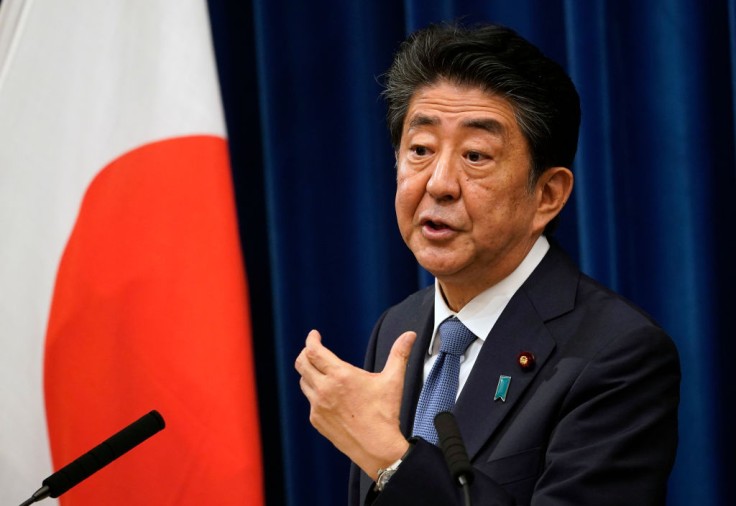Shinzo Abe, the former prime minister of Japan, has died after being shot twice while delivering a speech during a political campaign event in the city of Nara.
Abe is the longest-serving prime minister in the history of Japan. He first held office in 2006 before he once again became prime minister six years later in 2012. He stepped down in 2020 due to health concerns.
We here at iTech Post send our condolences to the family and the people of Japan for the death of Shinzo Abe.
Shinzo Abe Dies at 67

Shinzo Abe, Japan's longest-serving prime minister, has passed away after being shot twice in the Japanese city of Nara.
According to the report by the BBC, the former prime minister was shot twice while delivering a speech. "The Fire and Disaster Management Agency had earlier confirmed that Mr Abe had a bullet wound on the right of his neck, and also suffered subcutaneous bleeding under the left part of his chest," the report adds.
A 41-year-old suspect named Tetsuya Yamagami, a resident of Nara, is now in custody. It is being widely reported that the suspect used a handmade gun to assassinate Abe.
The Legacy that Shinzo Abe Leaves Behind in the World of Technology
Known as one of the most technologically advanced nations in the world, Japan has always been at the forefront of creating and innovating as far as the tech industry is concerned. He was known for his "Abenomics," his brand of aggressive economic policies.
An article by Chemistry World points out that the former prime minister leaves behind a mixed legacy for Japanese science. However, it cannot be denied that he has made his contributions.
"Abe's government set a goal of spending 1% of GDP on science and technology by 2020, up from 0.65% in 2015," the article points out. This means that the budget for science and tech went up by 300 billion yen or roughly more than $22 million each year.
Abe pushed for the idea that scientific innovation has the power to help improve the Japanese economy. In line with this, his government also set up two key programs, the Impact program and the Strategic Innovation Promotion program. The former focused on investing in areas that can improve society as well as the economy, while the latter is meant to encourage to industries to work hand in hand with public sector researchers.
Abe Has Encouraged Innovation
In memory of the former prime minister, here is an excerpt from a speech he delivered in Tokyo on May 21, 2015, taken from the official website of the Japanese government:
Asia, with its ongoing dynamic growth, is no longer a recipient of assistance. It is instead our partner for growth. In this Asia, it is also a partner generating innovation. That's exactly why I believe that the Japanese way of operation is now much more suited to the Asian countries than ever. We create quality. And we think together and move forward together with the people of Asia.
From that, I am quite certain that we will be able to create marvelous innovations that enable us to resolve the various challenges that Asia is likely to face going forward.
There is only one key phrase for carving out the future of Asia: "Be innovative." Against that backdrop, Japan is ready to make its greatest possible efforts.
Related Article: Sushi's Abenomics Wave: Posh Tuna in, Plain Mackerel Out









